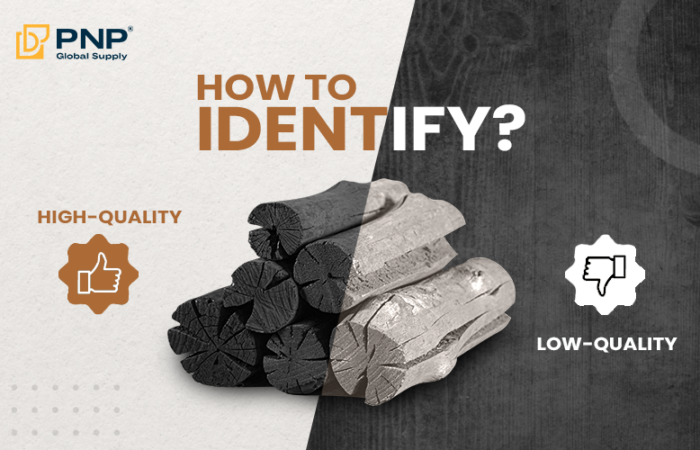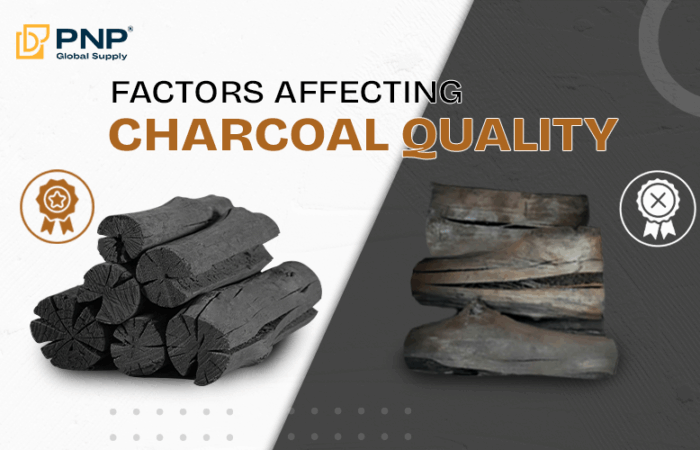Charcoal and coal are two widely used fuels that often confuse consumers due to their similar appearance and common use in energy production. However, these two substances differ significantly in their origins, properties, and environmental impacts. Understanding these differences is crucial, especially as global sustainability becomes an increasingly important issue in 2025. This article explores the distinct characteristics of charcoal and coal, examining their sources, uses, and environmental effects, while also highlighting the growing importance of sustainability in the energy sector.
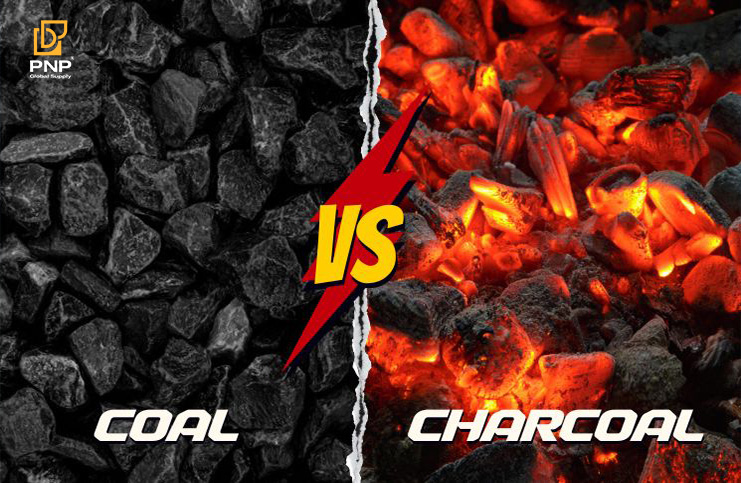
Everything You Need to Know about Charcoal
Charcoal (فحم للشواء) is a product derived from organic materials, primarily wood, that undergoes a process known as pyrolysis. This process involves heating the material in a low-oxygen environment, which removes volatile compounds such as water and gases. The result is a substance that is primarily composed of carbon, making it highly combustible and suitable for a range of applications, including grilling, heating, and industrial processes.
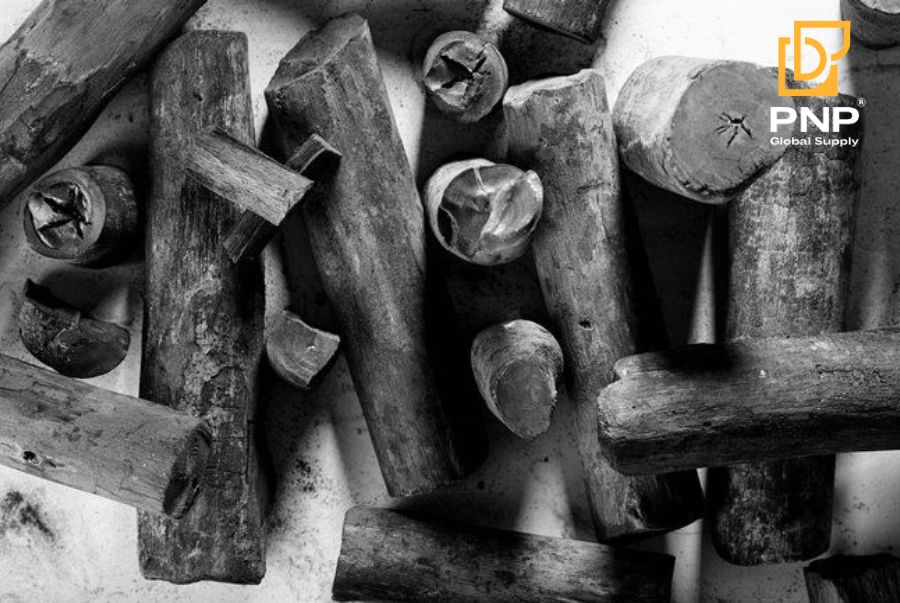
Types of Charcoal (انواع الفحم)
Charcoal comes in several forms, each designed for specific uses:
- Lump Charcoal (فحم نباتي): Made from hardwood, this is the most natural form of charcoal. It is free from additives and burns hotter and cleaner than other types. This makes it ideal for grilling, where the purity of the charcoal can influence flavor and performance.
- Briquettes: These are made from compressed charcoal dust mixed with binders and other fillers. Briquettes provide a consistent burn, but the fillers can produce more ash and may slightly alter the taste of grilled food.
- Activated Charcoal: Activated charcoal is processed to increase its surface area, making it ideal for use in filtration systems, medical treatments (such as poison absorption), and skincare products.
- Specialty Charcoal: Newer, eco-friendly charcoals such as coconut shell charcoal and coffee charcoal are made from agricultural by-products. These types of charcoal cater to environmentally conscious consumers by using waste materials and reducing the demand for traditional wood sources.
For more details about different types of charcoal made from various types of wood, visit the PNP Charcoal blog!
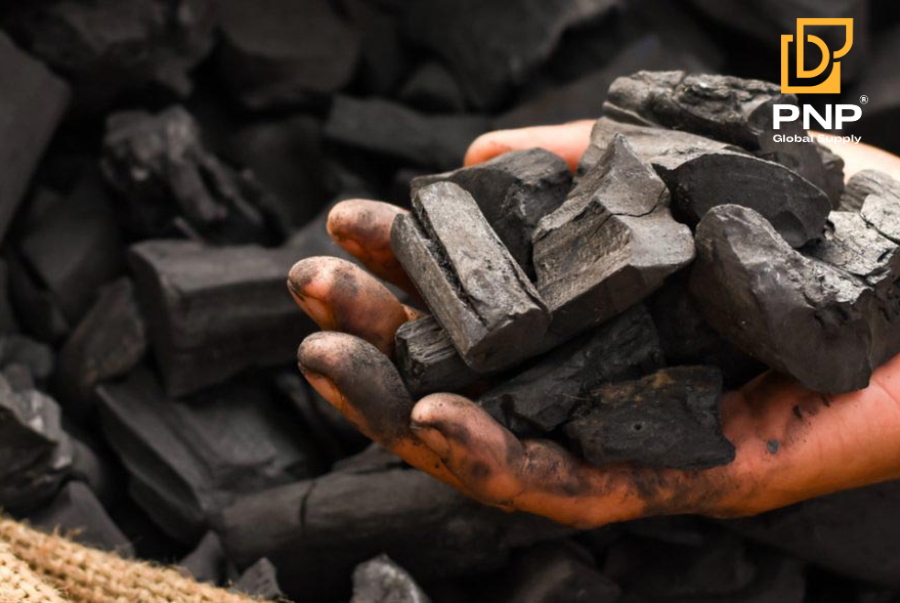
Applications of Charcoal
Charcoal’s versatility spans multiple industries:
- Culinary Uses: Charcoal’s ability to produce high, consistent heat with minimal smoke makes it a favorite for grilling and barbecuing. It’s also used in wood-fired ovens for baking.
- Industrial Uses: Charcoal is essential in industries such as metal forging and smelting, where intense heat is required to shape metals.
- Environmental Uses: Activated charcoal is used in air and water purification systems, as it effectively adsorbs impurities and contaminants.
- Medical and Cosmetic Uses: Activated charcoal is also used in medical treatments for poisoning and is a common ingredient in detox products, face masks, and toothpaste.

Everything You Need to Know about Coal
In contrast to charcoal, coal is a naturally occurring fossil fuel that forms over millions of years from the remains of ancient plants subjected to heat and pressure. Coal is extracted from underground deposits and has historically been a major source of energy for industrial applications.
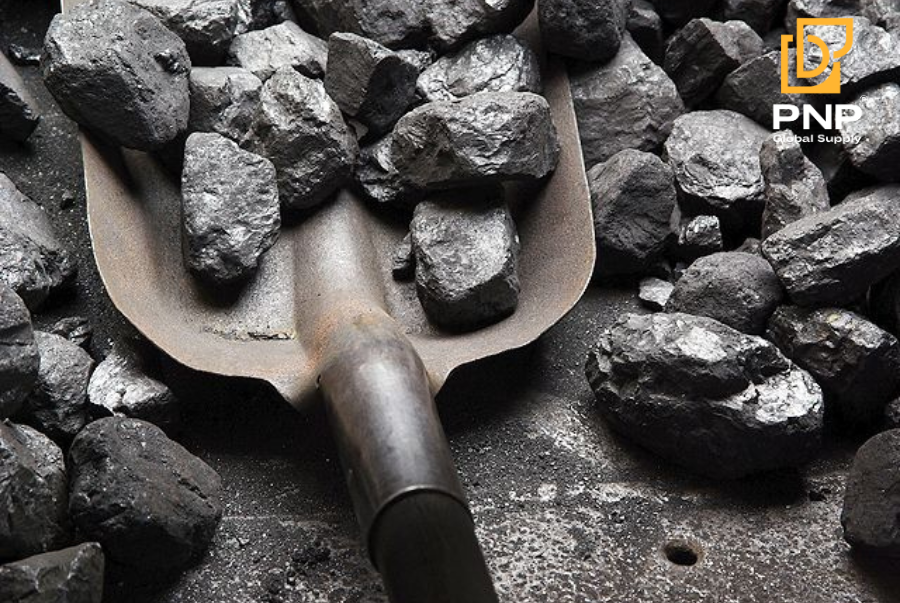
Types of Coal
Coal is classified by its carbon content and calorific value:
- Anthracite: The highest-grade coal, with up to 95% carbon content. It burns efficiently and cleanly, making it ideal for residential heating and some industrial uses.
- Bituminous Coal: A widely used coal type, it is the backbone of power generation and many industrial processes due to its high energy content.
- Sub-bituminous Coal: This lower-grade coal is primarily used in power plants and has a lower carbon content, resulting in a reduced energy output.
- Lignite: Known as “brown coal,” lignite has the lowest carbon content and highest moisture content, limiting its use to regions close to its extraction sites.
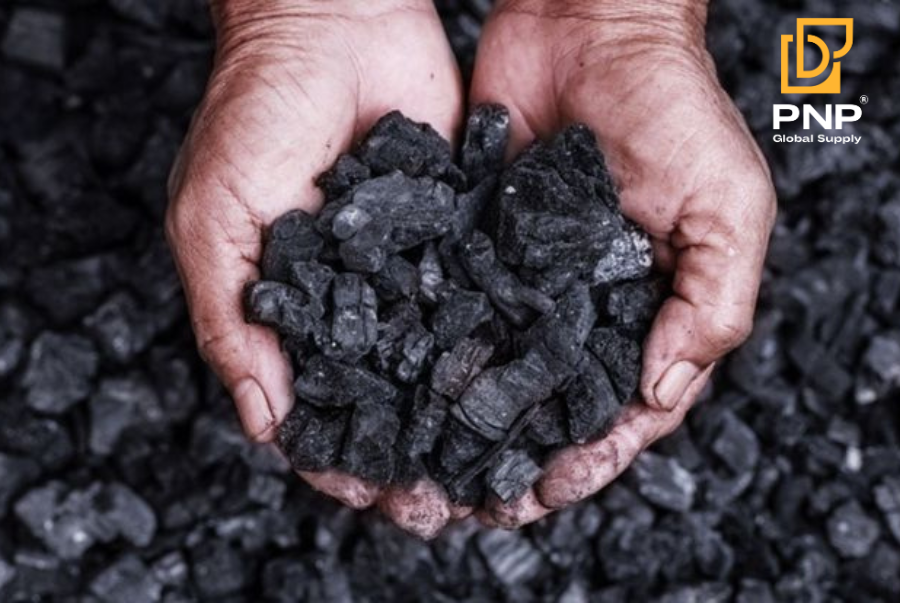
Applications of Coal
Coal plays an indispensable role in modern society:
- Electricity Generation: Coal is still a major source of electricity in many countries, particularly in developing economies where it is used in coal-fired power plants.
- Steel and Cement Production: Coal is essential in the production of steel and cement, as its high temperature is needed for the chemical processes involved.
- Chemical Industry: Coal is used as a raw material in the creation of various chemicals, fertilizers, and dyes.
- Residential Heating: In some regions, coal remains a vital source of heat during colder months, particularly where alternative energy sources are limited.
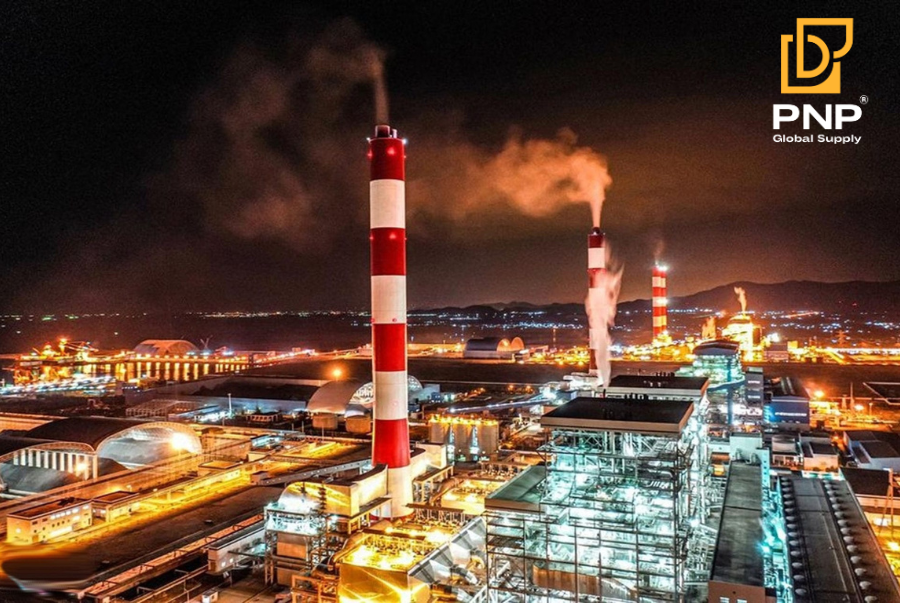
Key Differences Between Charcoal and Coal
Understanding the differences between charcoal and coal helps consumers and industries make informed decisions, especially as we face growing environmental challenges in 2025.
Origin
- Charcoal: Derived from renewable organic materials such as wood, making it a product of human activity.
- Coal: A non-renewable fossil fuel that forms over millions of years from ancient plant matter.
Composition
- Charcoal: Contains nearly pure carbon, with minimal impurities due to the pyrolysis process.
- Coal: Contains varying amounts of carbon, sulfur, and other elements that can release harmful emissions when burned.
Environmental Impact
- Charcoal: While sustainably sourced charcoal can be environmentally friendly, irresponsible production can lead to deforestation and habitat loss. Eco-friendly alternatives such as coconut shell and coffee charcoal are gaining popularity as they reduce waste and support renewable practices.
- Coal: Coal mining and burning have significant environmental costs. Mining destroys landscapes, and coal combustion is a major contributor to greenhouse gas emissions, which exacerbate climate change. The impact of coal on the environment has led many countries to seek alternatives.
Applications
- Charcoal: Primarily used in small-scale applications such as cooking, artisanal metalwork, and in eco-conscious industries.
- Coal: Used primarily in large-scale industries such as power generation, steel production, and chemical manufacturing.
Combustion Properties
- Charcoal: Burns at higher temperatures with minimal smoke, making it ideal for precise applications such as grilling or blacksmithing.
- Coal: Burns longer, but it produces more smoke, ash, and pollutants, which can make it less suitable for smaller-scale use.
Why Does This Difference Matter in 2025?
As we move deeper into 2025, the differences between charcoal and coal become more significant in the context of global sustainability and climate action.
Sustainability Trends
- Charcoal Innovations: Sustainable charcoal production practices are evolving. The use of fast-growing tree species and agricultural waste to produce charcoal is becoming more common. Additionally, reforestation programs help mitigate the environmental impact of charcoal production.
- Coal Phase-Out: Many countries are actively transitioning away from coal. With the rise of renewable energy sources such as solar, wind, and hydropower, coal’s role in electricity generation is declining.
Consumer Awareness
- Consumers are increasingly aware of the environmental impacts of the products they buy. Charcoal labeled as sustainably sourced is gaining popularity in markets where environmental responsibility is a priority. In contrast, coal faces growing consumer pushback due to its environmental damage.
Government Policies
- Governments are introducing stricter regulations on coal usage and mining. Carbon taxes, incentives for renewable energy, and bans on new coal plants are reshaping energy markets and reducing coal dependence.
The Future Charcoal and Coal
Looking ahead to 2025 and beyond, the roles of charcoal and coal will continue to evolve. Charcoal, with its renewable sources and environmentally friendly production practices, is poised for growth in eco-conscious industries. Meanwhile, coal, despite its continuing use in heavy industries, will likely see a decline as cleaner, more sustainable alternatives gain ground. Balancing economic development with environmental responsibility will be key in determining the future of these two fuels. For more insights into the global shift towards sustainable energy, visit the International Energy Agency’s (IEA) report on energy transitions.
Conclusion
Charcoal and coal (الفحم النباتي والفحم الحجري) may appear similar, but their differences are profound. Charcoal, a renewable resource, is an eco-friendly option suited to small-scale applications and industries focused on sustainability. Coal, a non-renewable fossil fuel, remains a critical energy source for large-scale industries but carries significant environmental costs. As we approach 2025, understanding these distinctions is more important than ever, especially as global efforts to combat climate change and promote sustainability intensify.
________________________________
Contact us for more information
Facebook: PNP Charcoal
Instagram: PNP Charcoal
Email: info@pnpglobalsupply.com

